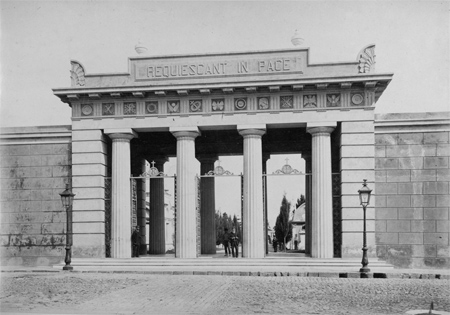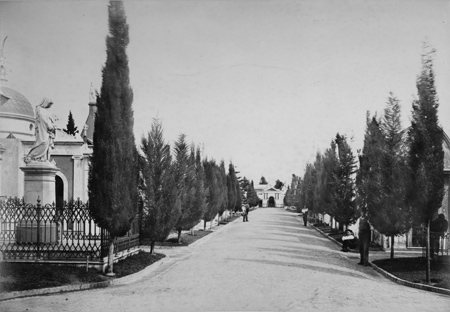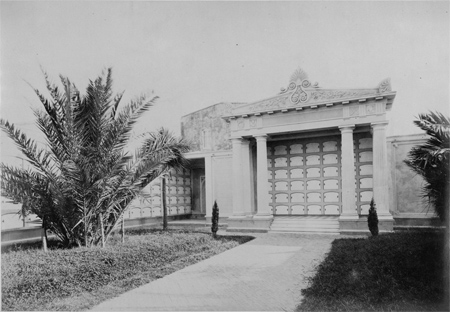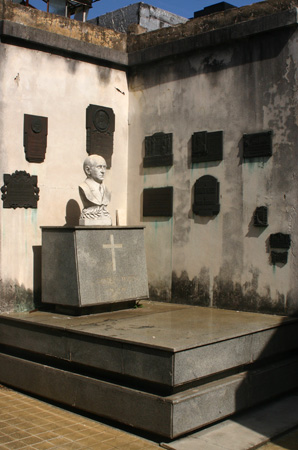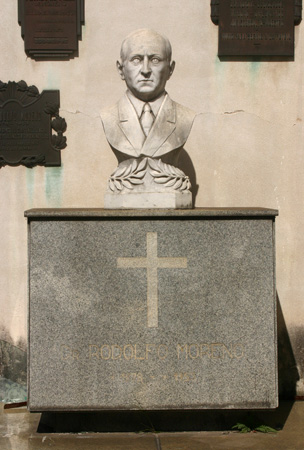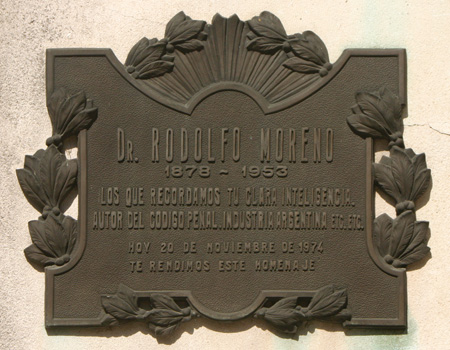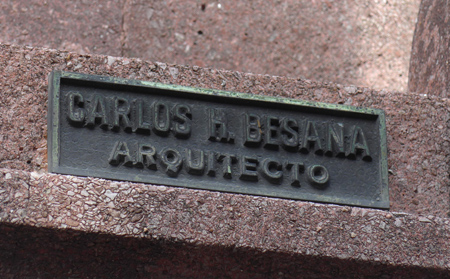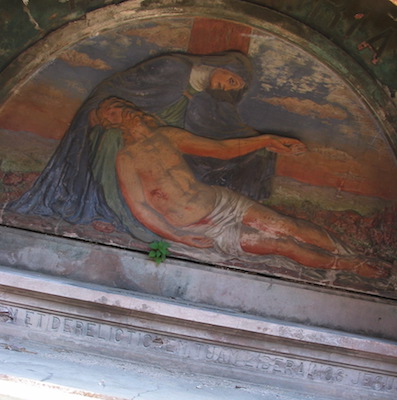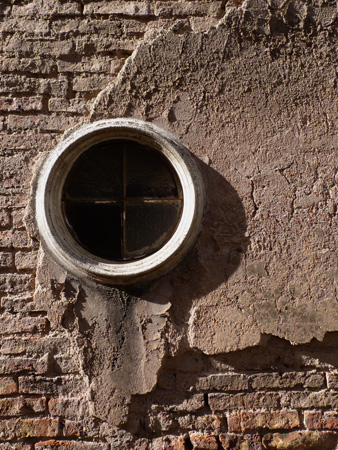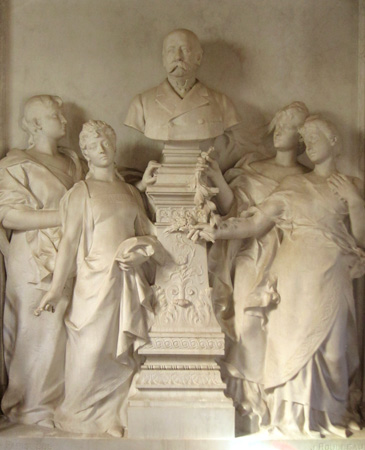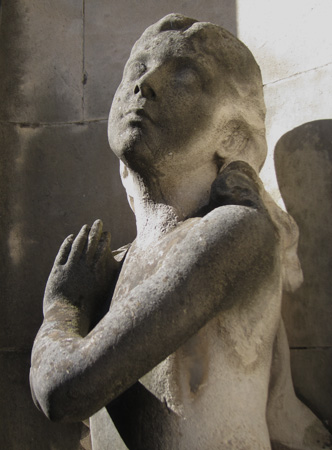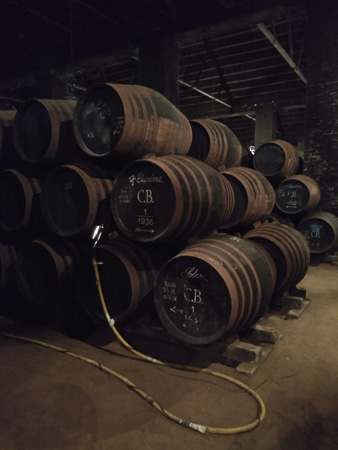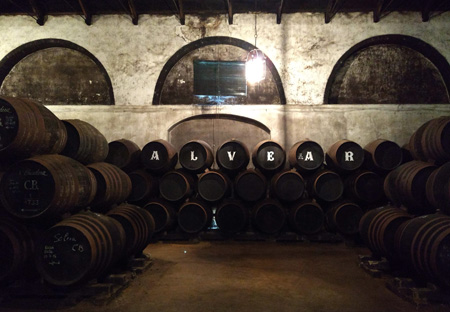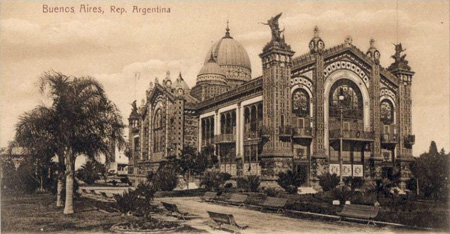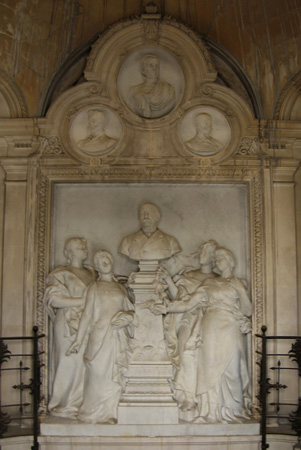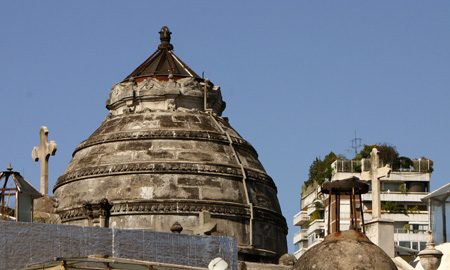
In this case: historic photos, plural. When this blog began in 2007, very little historical information about Recoleta Cemetery could be found online. Facebook was a new thing, bloggers dominated the internet & archives still had to be visited in person. But times change & thankfully so. Chatting with this blog’s co-author, Marcelo told me he’d seen a photo of Recoleta Cemetery on Facebook that was completely unknown to him. My response: Really??? No way! We’ve been though so many sources over the past 12 years that it seemed impossible, but our conversation sparked an entire afternoon of investigation. Here’s what we uncovered…
Mauricio V. Genta works for the Bibliotecas de la Ciudad de Buenos Aires scanning books & photo albums in the city’s collection. All scans are uploaded to Wikimedia Commons since the books are now in public domain. Marcelo talked with Mauricio & directed me to a Wikimedia photo album (Mejoras en la Capital de la República Argentina 1880-85) with three “new” photos of the cemetery! All were taken in 1885 by E. Halitzki for a studio named Foto-Lito at Tacuari 82 in Buenos Aires. Smaller versions below are linked to the original in Wikimedia Commons if you’d like a closer look.
#1 · What I love about this image is the amazing detail of the symbols above the entrance gate. Such beautiful background decoration for the scissors & knife & the Greek letters X & P! (see below) The entrance gate dates from 1881, so this may be the earliest photo of it in existence!
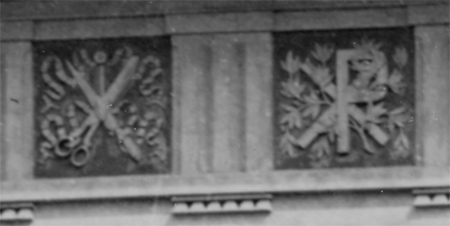
#2 · This was the image that started our conversation due to some confusion about what appeared in the background. At low resolution, there seems to be another gate at the far end of the central walkway. That would be odd since neither Marcelo nor I had heard about that. Some people on Facebook even doubted that this was Recoleta Cemetery, but the tomb of Quiroga on the left is unmistakable.
Again, with higher resolution, the answer is clear. A mausoleum surrounded by a wrought-iron gate sits in the spot occupied now by Carlos Pellegrini & Pedro Aramburu. Who did they replace? We’ll have to look in the records to find out since the name is unreadable. I love that it’s the first time we’ve seen this mausoleum though!
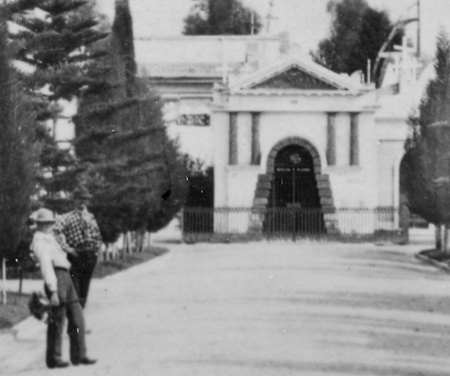
#3 · This section of niches exists today, but in a highly modified form. A dual gallery once sat alongside the Basilica del Pilar, as seen in the photos I obtained from the Archivo General de la Nación in 2008 (below). Unfortunately no date was available for the following photo, but the niches survived for some time:
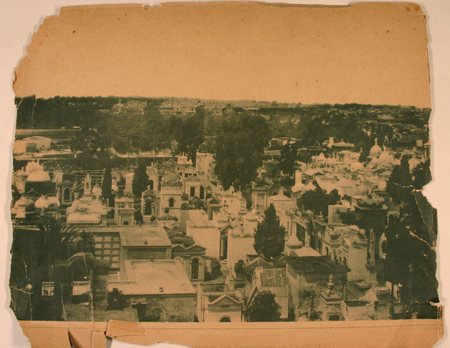

Today only a single wall exists; most of this elevated space has since been repurposed for mausoleums. But back to the original photo… we never knew these niches once had their own gate! Its decoration uses the same molds as the entrance gate, so this was likely designed by architect Juan Buschiazzo as well. Only a theory for now but exciting to think about!
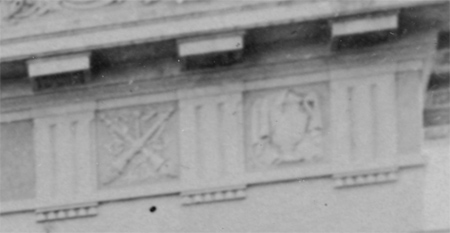
Thanks to Mauricio for his dedication & allowing us to see Recoleta Cemetery as it was 140 years ago!
Leave a Comment